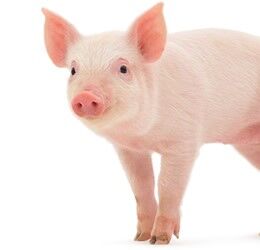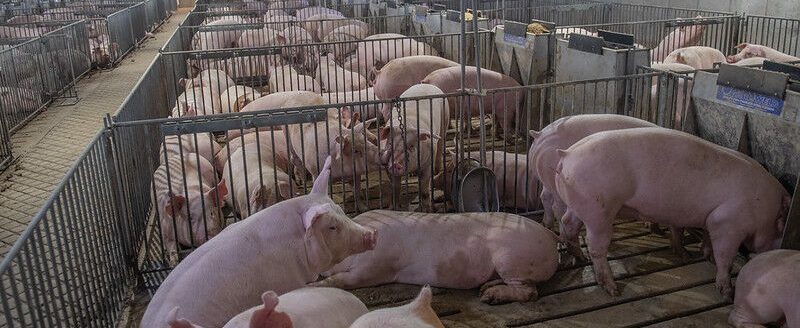As the winner of Merck Animal Health’s High-Quality Pork award, the University of Nebraska-Lincoln received a grant of $200,000 last year toward a swine research project. As a result of the project’s potential, the Nebraska Department of Economic Development is bestowing an additional grant of $100,000 to UNL to further fund the research. The UNL research project, already underway, has the potential to enhance individual animal monitoring and care practices as well as create farm labor efficiencies for the swine industry.
The research is focused on early disease detection using radio-frequency identification technology to monitor individual pig feeding behavior and track what the pig eats and drinks. A dashboard is being developed that would provide swine producers with real-time insights on an individual animal’s feeding behaviors to help them identify sick animals sooner.
The goal of the project is to apply the technology to a commercial operation in the United States and evaluate its implementation in the farm setting. It also would be applied to a commercial operation outside the U.S. to understand any global implications. The additional funding accelerates the ability to integrate the technology in farms.
Tami Brown-Brandl, Ph.D., professor, Dr. William E. and Eleanor L. Splinter Chair, UNL, says, “These grants will help us prepare this technology so it’s closer to implementation. We’re taking animal production to the next level. Detecting sick animals sooner means better animal welfare, less antibiotic use, and less impact on the environment. We believe technology can help improve animal health and management decisions while saving the animal caretaker valuable time.”
A second aspect of the project is the use of depth-camera images to weigh pigs identified through RFID. The technology involves a ceiling-mounted camera that takes digital depth images of individual pigs while drinking. Data is captured on a continuous basis, and pig weight information is available daily on the dashboard.
“We measure weights daily of individually identified pigs and can determine when they will be ready for market using true estimates of weight, thereby removing all of the guesswork,” Brown-Brandl explained. “This enables producers to sell uniform loads of animals at ideal weights. It will enable packers to specify pigs within a tight weight range to reduce variability in cuts and inform the supply chain of a specified product.”


